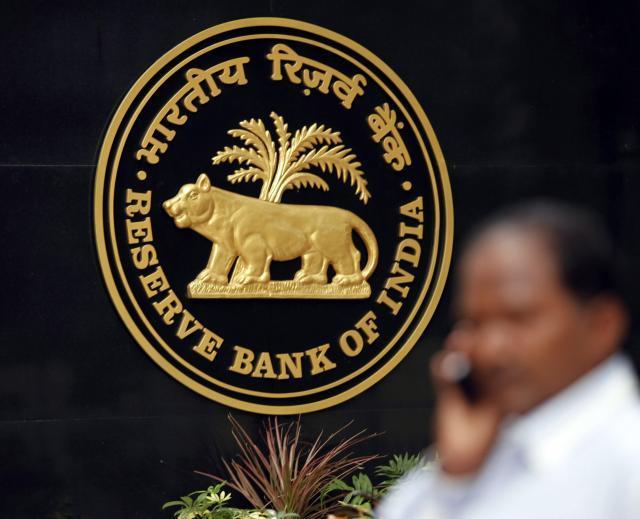In a move that can lead to further altercations between the government and the Reserve Bank of India (RBI), the draft guidelines of the Indian Financial Code (IFC) has proposed to take away the RBI governor's power to veto the decision of the monetary policy committee (MPC).
The MPC takes a call on interest rates among other key monetary policy decisions and currently comprises with almost equal representation or nomination from RBI and the finance ministry of the government. The current system allows RBI a veto power.
The draft IFC guidelines which tilts the scales in favour of the government in deciding the future course of monetary policy, is based on the recommendations of the Financial Sector Legislative Reforms Council (FSLRC), headed by former Supreme Court judge.
This is through its recommendation that the government will have power to appoint majority of members of MPC.
The government in consultation with the RBI introduced flexible inflation targeting and formation of MPC earlier this year taking a cue from developed economies. Since then the government and banks have been at loggerhead as to the powers of the governor in MPC and the members of the committee.
However, the genesis of the issue can be traced to the previous government that sought a cut in interest rates to support the crumbling economy. However, as Raghuram Rajan took over the reins of the Indian central bank in late 2013 he took a hawkish stance against the stubborn high inflation levels in the country.
The new BJP-led government had softened the stance towards putting pressure on the RBI for cutting rates. This was partly due to the sliding price of oil and food prices which automatically pulled down inflation to comfortable levels and thereby allowed RBI itself to cut interest rates. However, the soft tussle over monetary policy direction continued.
So what's changed?
While a report by Urjit Patel committee laid more stress on the role of RBI in MPC decision making, the previous FSLRC report tried to balance it out with almost equal representation even though the RBI governor had the veto power.
It had laid a frame work where the RBI governor will be the chairman of the seven-member MPC. It was to have one executive member from the board of the central bank and five external members to be appointed by central government of which two would be in consultation with the chairperson.
Urjit Patel committee report also commented the formation of MPC. The report laid a framework where RBI governor will be chairman of MPC, deputy governor in charge of monetary policy will be vice chairman and executive director in charge of monetary policy will be a member. Two other members will be external, to be decided by chairman and vice chairman on the basis of experience in monetary economics, macroeconomics, central banking, financial markets and public finance.
While the FSLRC report gave a role to the government, the Urjit Patel committee report nullified the role of the administration.
The previous report also gave a veto power to the governor in exceptional circumstances, where the governor would be required to give a rationale for the disagreement but now the draft guidelines take away that power as well.
The new FSLRC report says MPC committee will now comprise the RBI governor as its chairperson, two members from RBI besides four persons appointed by the central government.
While the current proposals are still at a draft stage it has stirred up a debate on who would dictate the monetary policy.





